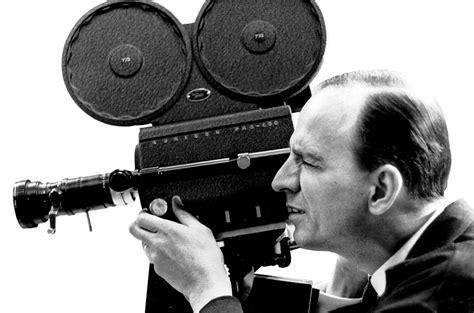《拍电影的英文》电影在线观看-全集动作片-免费电影网

Filmmaking is an intricate and collaborative art form that combines storytelling, visual imagery, and sound. It involves various stages, from conceptualization to post-production, and requires the coordination of different talents and skills. This article explores the essential elements of filmmaking, the various roles involved, and the impact of technology on the industry.
## The Pre-Production PhaseThe first step in filmmaking is pre-production, where the groundwork is laid for the entire project. This phase includes scriptwriting, budgeting, and casting. A strong script serves as the backbone of the film, guiding the narrative structure and character development. Writers often go through multiple drafts, refining dialogue and plot points to create a compelling story.
Once the script is finalized, the budget comes into play. Filmmakers must determine how much money they'll need for everything from location permits to actor salaries. This process often involves finding investors or securing financing through production companies.
Casting is another critical aspect of pre-production. Finding the right actors to bring the characters to life can make or break a film. Auditions are held, and directors often look for not just talent but also chemistry among cast members.
## The Production PhaseOnce pre-production is complete, filming begins. This phase is often the most hectic and exciting. Directors, cinematographers, and crew work together to bring the script to life. Each scene is carefully planned, with storyboards and shot lists guiding the process.
Cinematography plays a crucial role in how a film is perceived. The choice of camera angles, lighting, and composition can evoke different emotions and set the tone for the story. A skilled cinematographer understands how to manipulate these elements to create visually stunning scenes.
Sound is equally important during production. Dialogue, sound effects, and music are recorded to enhance the narrative. The director often collaborates with sound designers to ensure that audio elements align perfectly with the visual aspects of the film.
## The Post-Production PhaseAfter filming wraps, the project transitions into post-production. This phase is where the magic truly happens. Editors sift through hours of footage, selecting the best takes and piecing them together to create a cohesive narrative. This process can be incredibly labor-intensive, requiring a keen eye for detail and a deep understanding of pacing and storytelling.
Color correction and visual effects are also added during post-production. Color grading helps to achieve a specific mood or aesthetic, while visual effects can enhance or create elements that weren't feasible during filming. This stage is where a film can really come to life, as all the components—visuals, sound, and narrative—are woven together.
## The Role of Technology in FilmmakingTechnology has revolutionized the filmmaking industry in recent years. Digital cameras have made it easier and more affordable to shoot high-quality films. Filmmakers can now experiment with different techniques and styles without the constraints of traditional film stock.
Editing software has also evolved, allowing for more sophisticated and streamlined workflows. Programs like Adobe Premiere Pro and Final Cut Pro enable editors to work more efficiently, offering a range of tools for color correction, sound design, and visual effects.
Moreover, technology has opened up new avenues for distribution and marketing. Streaming platforms like Netflix and Amazon Prime have changed how audiences consume films, allowing filmmakers to reach a global audience without traditional theatrical releases.
## The Collaborative Nature of FilmmakingOne of the most fascinating aspects of filmmaking is its collaborative nature. A successful film is the result of the hard work and creativity of numerous individuals, each contributing their expertise. Directors, writers, cinematographers, editors, sound designers, and actors all play vital roles in the process.
This collaboration often leads to a rich tapestry of ideas and perspectives, resulting in a film that resonates with audiences. Strong communication and teamwork are essential, as everyone must be on the same page to achieve the filmmaker's vision.
## ConclusionFilmmaking is a complex and rewarding endeavor that combines art and technology. From the initial concept to the final cut, each stage requires careful planning, creativity, and collaboration. As technology continues to evolve, the landscape of filmmaking will undoubtedly change, offering new opportunities for filmmakers to tell their stories. Whether through traditional cinema or streaming services, the impact of film on society is undeniable, making the art of filmmaking a vital component of modern culture.
